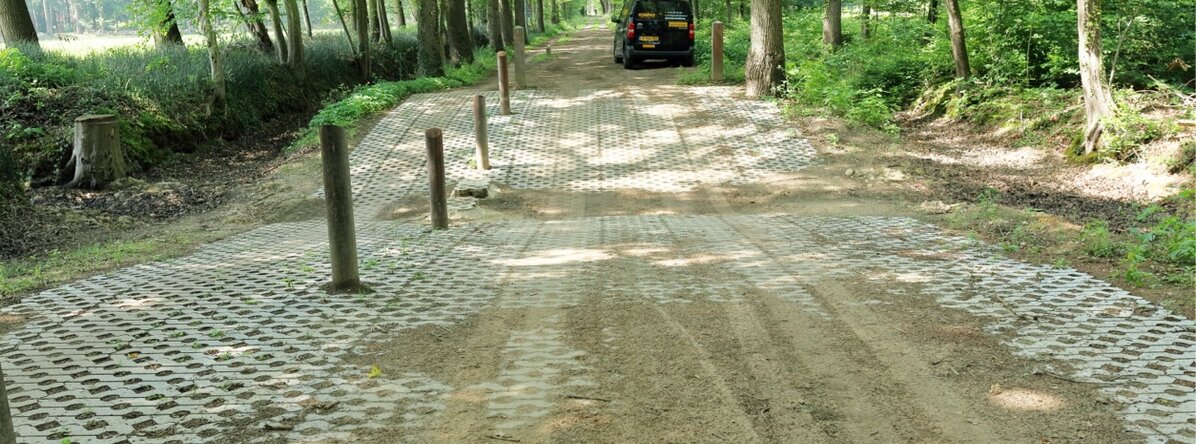Technology development

The feasibility of doing experiments at scale to study the consequences of the hazards and assess the effectivity of different options to reduce the compound risks is limited. A feasible alternative is the use of computational models to simulate the impacts and explore the potential of various solutions to reduce the risks. This means that in our research program we also need to effort into technology development.
Numerous impact models for water (flood and drought) management have been developed over the past decades. These models vary in how they represent the processes that determine the hydrological response, river flow, and water levels due to extreme weather. Also, various computational models exist to transfer the hazard, flood, and drought, into consequences, the damage. Due to the character of extreme events, opportunities to validate model chains that describe these impacts are limited. Since these models vary, the resulting damage assessments may heavily depend on model choice. A similar situation exists for assessing potential measures that mitigate unwanted consequences. The assessment of their performance depends heavily on the way the measures are represented in the computational models. Regarding nature-based measures to mitigate high and low-water risks, this is even more the case. Our understanding of the effectiveness of these measures is limited, and thus, our ability to quantify them is constrained.
Rather than develop another new series of computational tools ourselves, we will follow the strategy that the climate scientists follow, who approach the limitations of individual models by massive model comparison studies. We will perform comparison studies to quantify the compound risks. Next, since on hazard and impacts according to different computational models. Next we will develop models to express the effectiveness of nature-based solutions since these are simply lacking.
Within this theme we will focus on 3 research topics:
- Comparison of impact models
- Developing/adjust models to assess the effects of responses
- Developing integrated assessment models for decision making